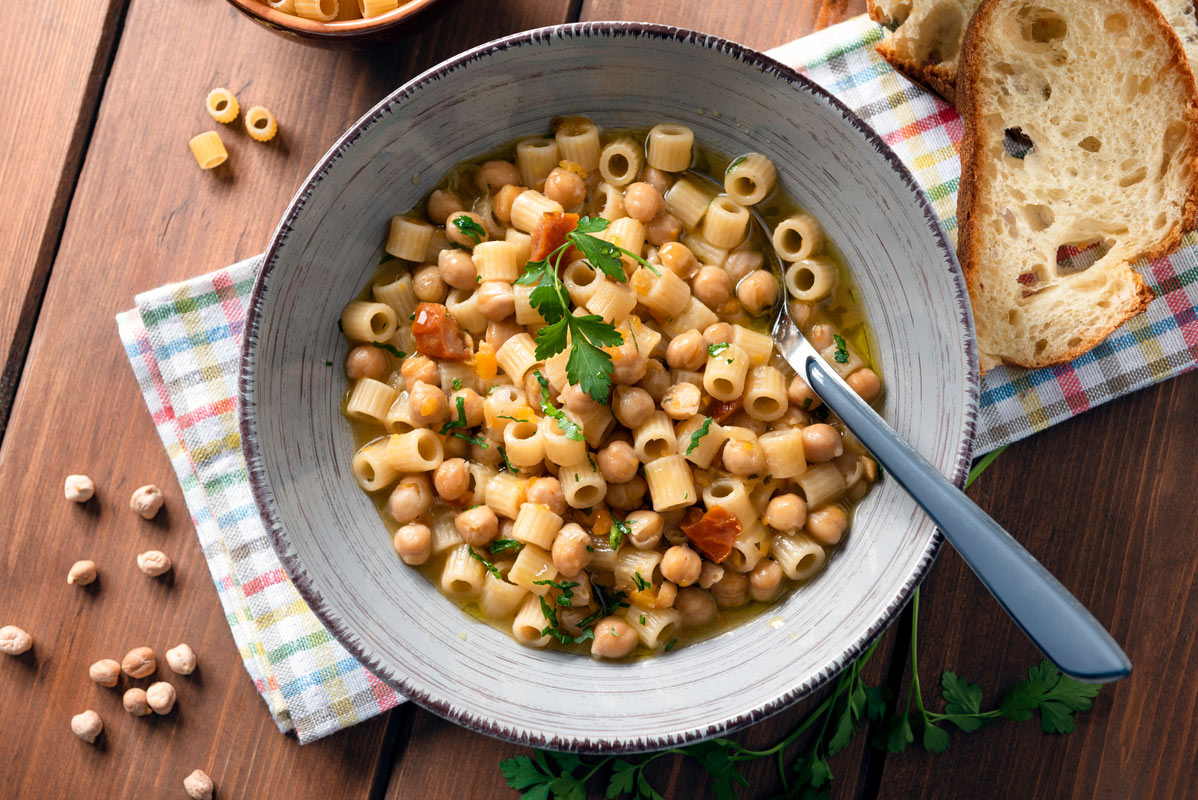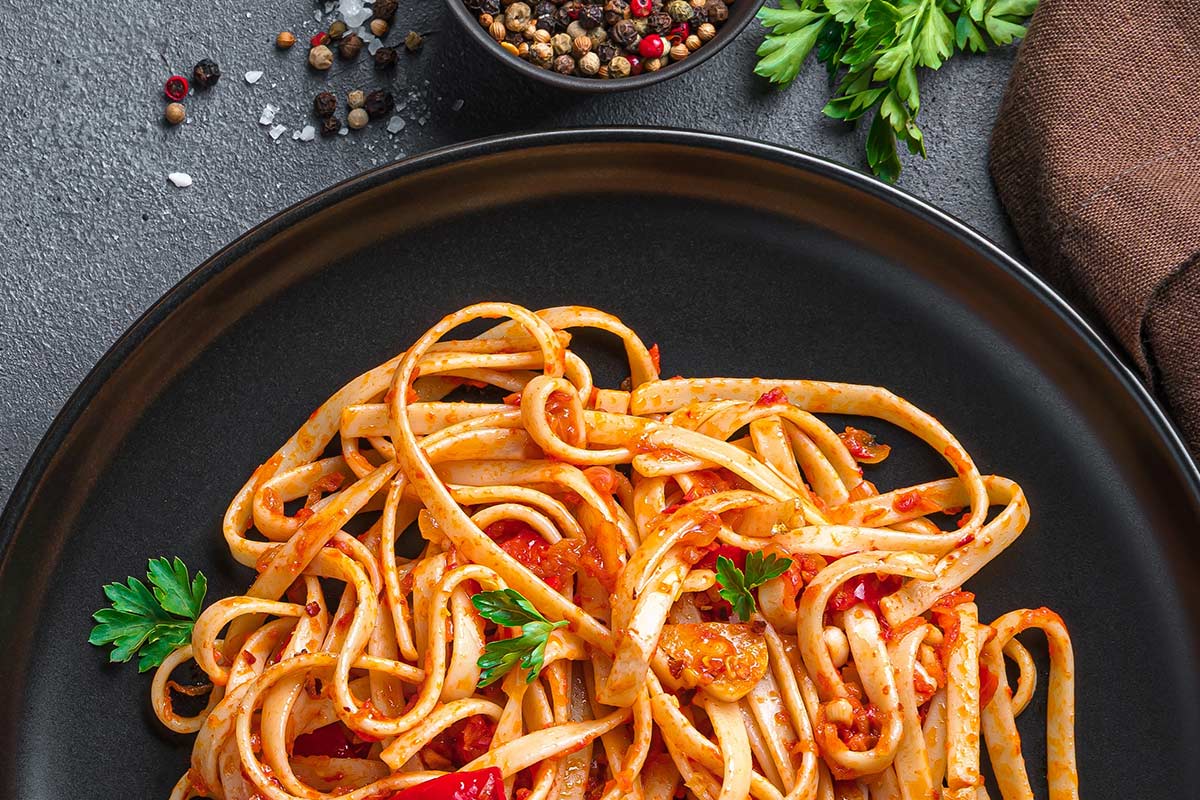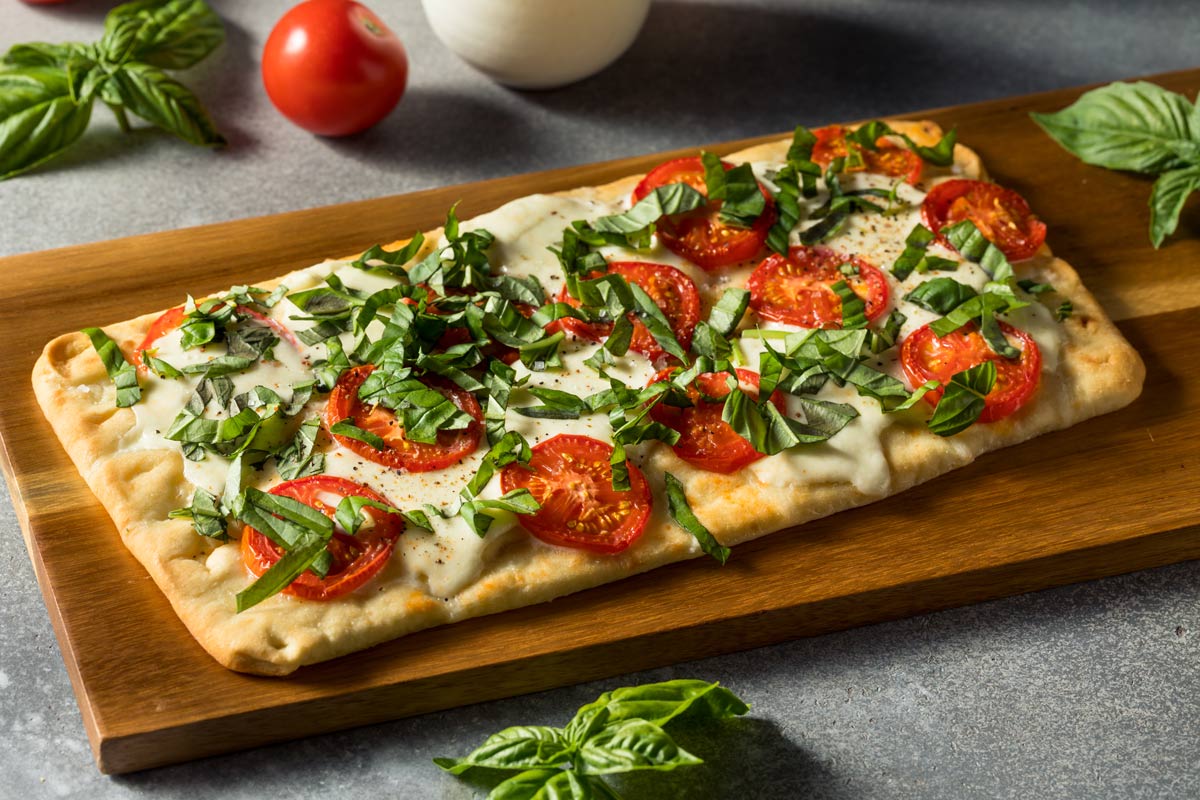This popular Roman soup pairs small tube-shaped pasta and chickpeas. Using broth instead of water, along with a Parmigiano-Reggiano cheese rind, really amps up the flavor—save your leftover rinds in the freezer to drop in stews as well as soups. You can also adjust the ratio of chickpeas to pasta as you like.
Ingredients
- 2 tablespoons extra virgin olive oil, plus more for drizzling
- 1 small yellow onion, peeled and chopped
- 1 celery stalk, finely sliced crosswise
- 1 large carrot, trimmed, peeled, and diced
- 2 cloves garlic, peeled and minced
- 1/4 teaspoon crushed red pepper flakes
- 1/2 teaspoon freshly ground black pepper
- 1/2 teaspoon coarse salt (kosher or sea)
- 2 cups canned chickpeas with liquid
- 1 cup diced canned tomatoes,
preferably San Marzano - 1 sprig fresh rosemary
- 4-inch Parmigiano-Reggiano rind, if available
- 6 to 8 cups chicken broth or vegetable broth, homemade or low-sodium canned
- 1 cup ditalini or another small tube-shaped pasta, uncooked
- Shavings of Parmigiano-Reggiano, for serving
Directions
Step 1
Heat a stock pot or Dutch oven over medium heat. When hot, add the olive oil and sauté the onion, celery, and carrot until soft but not browned, 10 to 12 minutes. Add the garlic and cook 2 minutes. Stir in the red and black peppers and salt. Add the chickpeas, tomatoes, rosemary, cheese rind, if using, and 6 cups of the broth. Bring to a low boil, add the pasta, and cook until tender, about 10 minutes, stirring frequently. If the pasta absorbs most of the liquid, add more broth as needed.
Step 2
Ladle into warmed soup bowls and use a vegetable peeler or cheese plane to top each bowl with shavings of cheese, then add a drizzle of olive oil.
Serves 8




